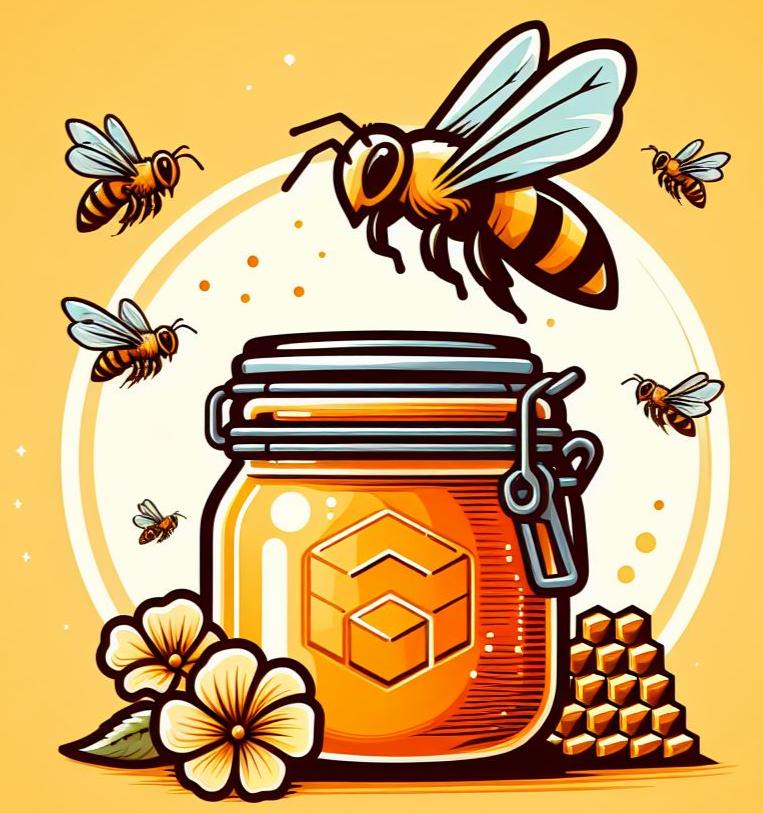Exploring beyond honey varieties found in your local stores reveals a whole new world of unique flavours and health benefits.
Across the globe, honey serves as a natural sweetener, a medicinal staple, and a valuable ingredient in diverse cultural dishes. From the sprawling fields of lavender in France to the dense manuka tree forests of New Zealand, distinctive honeys tell tales of their geographic origins.
Sampling honey from different parts of the world is a fascinating way to explore the diversity of flavours, aromas, and textures that honey has to offer. It is also a unique way of learning about different cultures, cuisines, and health practices — without the travel.
Why Sampling Honey from Different Regions is Amazing
Flavour Diversity
The flavour of honey depends on the flowers the bees forage from.
Sampling honey from various parts of the world introduces you to a spectrum of tastes, from the bold and bitter notes of chestnut honey in Italy to the rich, caramel-like flavours of manuka honey in New Zealand or the delicate citrusy tones of orange blossom honey from Spain.
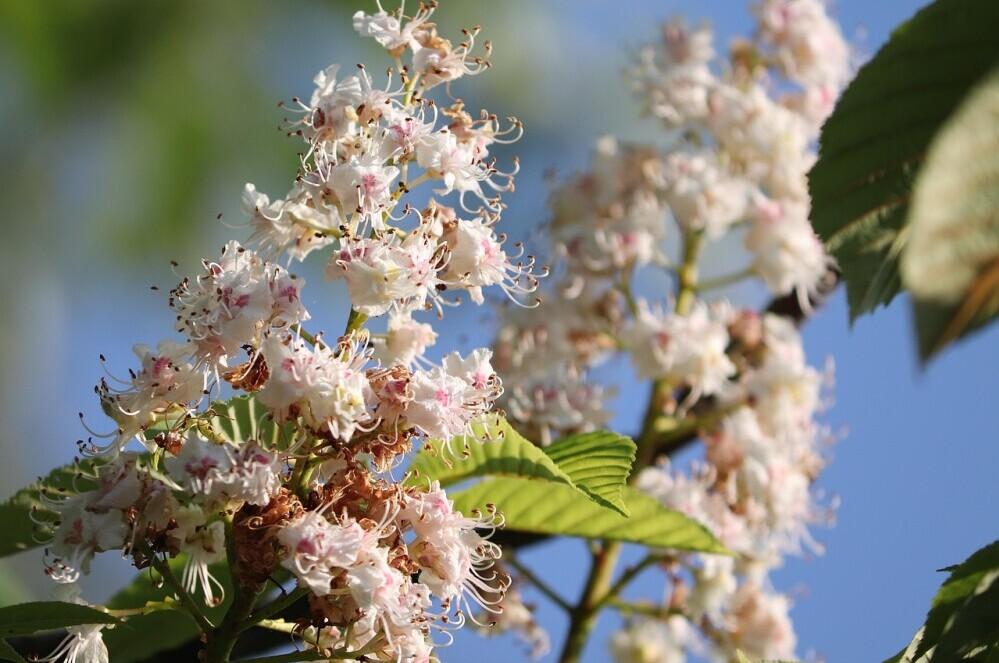
Cultural Exploration
Honey reflects the biodiversity and culture of its origin.

For instance, Himalayan multifloral honey offers insights into the high-altitude flora.
While Middle Eastern sidr honey is steeped in traditional medicine and mythology.
Educational Experience
Tasting honey from around the world helps you learn about different types of:
- honey bee,
- beekeeping practices,
- floral sources,
- environmental factors that influence honey production.
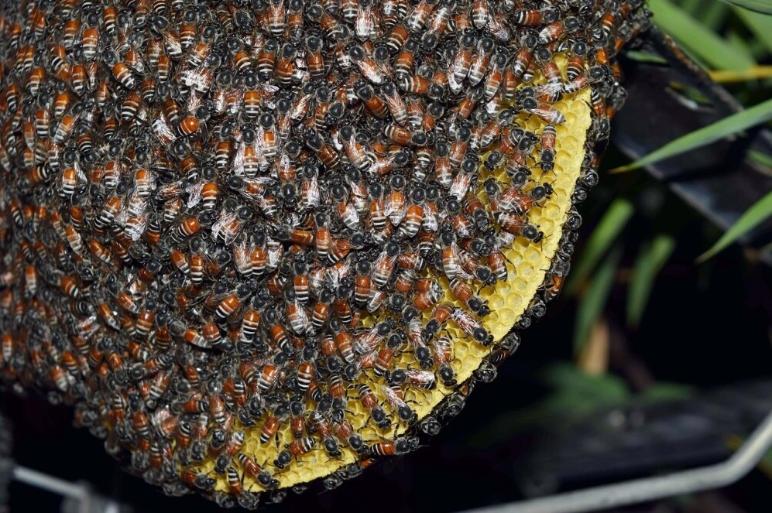
Health Benefits
Different types of honey may have unique therapeutic properties. Manuka honey is renowned for its antibacterial qualities, while eucalyptus honey is often used to soothe coughs and colds.
In a world increasingly conscious of natural and healthy foods, honey stands out not just as a treat but as a functional food with numerous benefits.
Honey’s diversity also reflects global biodiversity.
Every jar captures the essence of its environment, with variations influenced by local flora, climate, and bee species.
Honey tasting experience not only enriches our knowledge but also guides us in appreciating the craftsmanship behind every drop.
It is not a secret that the global honey market faces challenges: ethical production issues, environmental impacts, and more. The search for honey can lead you to look for sustainable practices and make informed choices.
The Science Behind Honey Production
Bees are truly fascinating creatures. The way they transform flower nectar into honey is nothing short of a miniature biological miracle.
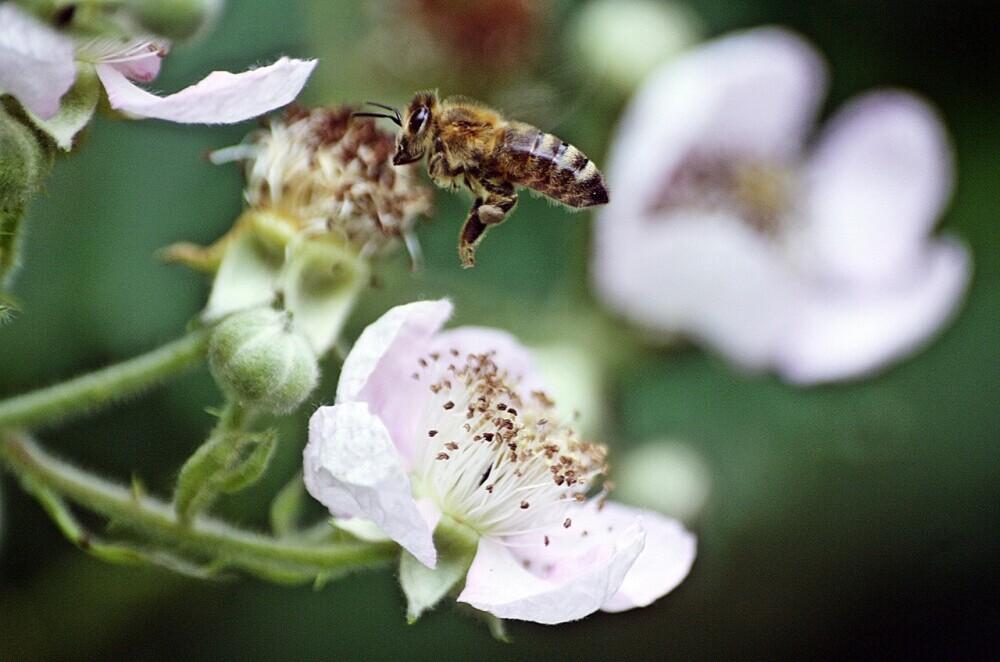
It all starts with the collection of nectar by worker bees, which store it in their special ‘honey stomachs’. Enzymes in the bees’ system then start breaking down the nectar sugars while they’re still in flight.
Once back at the hive, these bees share the nectar with others, passing it mouth-to-mouth— a process called trophallaxis — enhancing it further with enzymes. This transforms the nectar into a more stable compound that can be stored without spoiling.
Evaporation plays a key role next. The bees fan their wings to reduce the water content in the nectar, thickening it to become honey. This final product is tucked away in the hexagonal wonders of the hive’s structure, sealed with yet another bee marvel: beeswax.
Environmental factors greatly influence this process. Climate, season, and overall health of the bee colony affect how much honey a hive can produce. For instance, blooming seasons in different climates contribute to the variety and availability of certain types of honey worldwide.
Beyond just making honey, bees perform another critical function: pollination. About a third of our food supply benefits from pollination. This makes the well-being of bees central to both the production of honey and the broader health of the planet.
Sustainable bee practices and attentive beekeeping are vital to ensuring that bees continue their crucial roles. Supporting practices that protect bee habitats and prioritise ethical beekeeping helps maintain these incredible natural processes.
Exploring Honey Varieties Around the Globe
The world of honey is as diverse as the cultures that have cherished it. Each type of honey reflects its unique environment, influenced heavily by the flora and climate where it’s produced. Different regions boast honey with distinct flavours and colours, thanks to the variety of plants from which bees gather nectar.
Manuka honey from New Zealand is revered for its medicinal properties. Harvested from the nectar of the native manuka bush, this honey is both rich and earthy, with reported benefits ranging from antibacterial to anti-inflammatory.
In Africa, the Sidr honey of Yemen is another prized variety. Collected from the Sidr tree, it’s noted for its distinctive caramel-like taste and rich amber hue. This honey holds significant cultural value and is often used in traditional medicine and religious practices.
European varieties like French lavender honey are lighter and floral, perfect for delicate desserts or teas. Each spoonful captures the essence of the lavender fields they are derived from, offering a unique sensory experience.
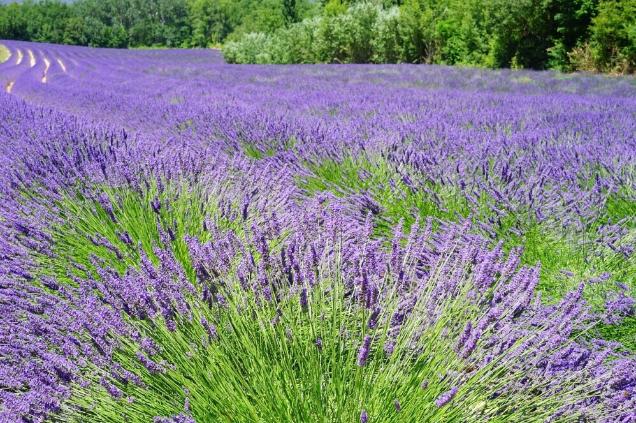
Transitioning to the Americas, clover honey is a common staple, known for its mild, sweet taste.
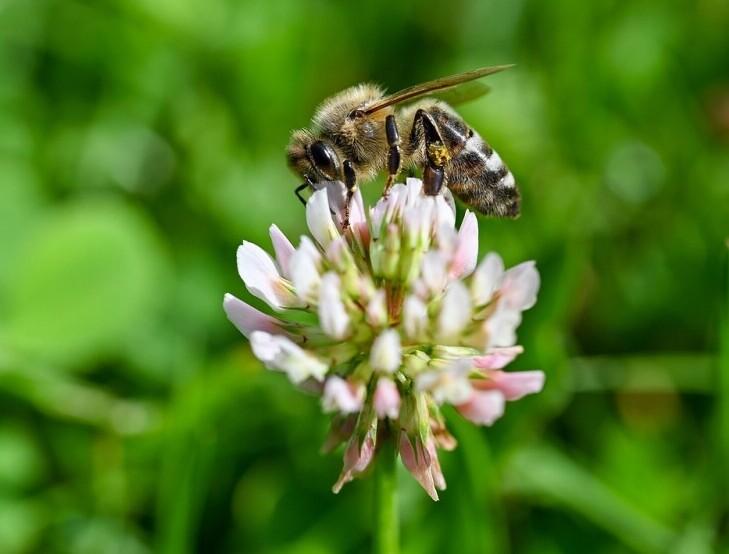
It reflects the extensive clover fields present across North America, making it widely available and popular for everyday use.
For those interested in unique flavour profiles, eucalyptus honey from Australia offers a distinct menthol-like undertone, making it ideal for soothing teas or as a natural remedy to clear sinuses.
Discovering these varied honeys invites a sensory exploration of global landscapes. Understanding the backgrounds and characteristics makes honey appreciation not only a culinary journey but also an educational experience into biodiversity and cultural heritage.
Health Benefits of Different Honeys
Honey isn’t just sweet — it packs a nutritional punch that has earned it a place in health-conscious diets worldwide. The golden liquid is loaded with vitamins, minerals, antioxidants, and enzymes. These provide an array of health benefits, from boosting energy to enhancing immunity.
Different types of honey come with varying levels of these beneficial compounds. Raw honey, for instance, is often sought after because it contains bee pollen, antioxidants, and phytonutrients that aren’t found in pasteurised varieties. These components are known for supporting immune health and providing anti-inflammatory effects.
Among the types, Manuka honey stands out due to its high levels of methylglyoxal, a compound believed to contribute to its antibacterial properties. Studies have shown that Manuka honey can be effective in wound care and promote healing, thanks to its potent antimicrobial effects.
Acacia honey, light and delicate, is another gem. Its higher fructose content makes it sweeter but with a lower glycemic index. This makes it a good option for those watching their blood sugar levels. It’s gentle on the digestive system, which can soothe stomach ailments.
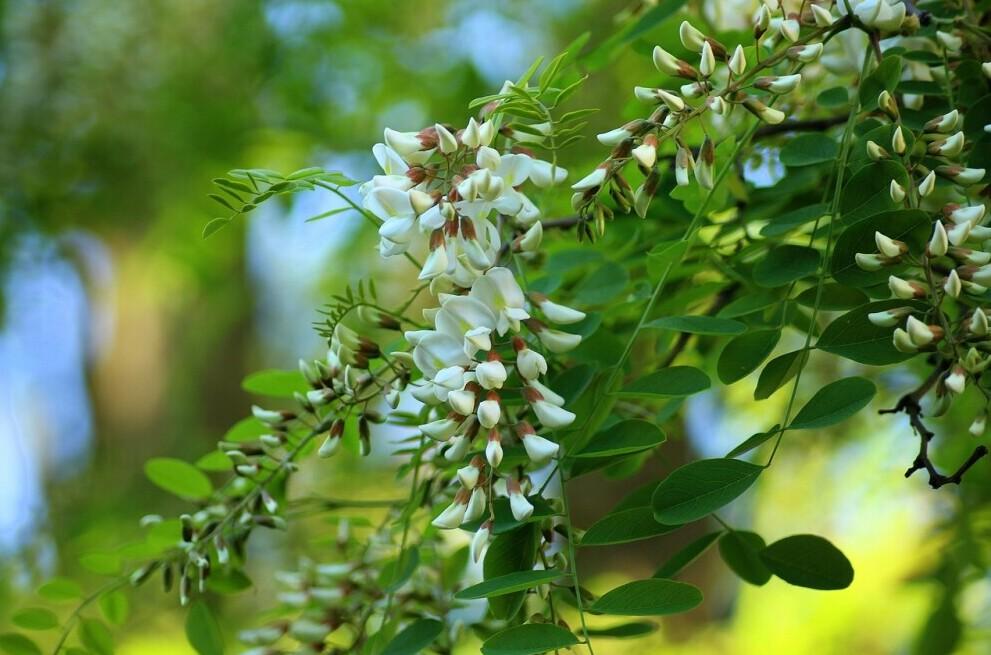
Eucalyptus honey is often used to relieve coughs and colds due to its natural antimicrobial capabilities. Its unique menthol undertones not only offer a soothing effect but also aid respiratory function.
These special attributes make honey much more than a natural sweetener. As consumers, understanding these benefits can inform healthier lifestyle choices, selecting honeys that align with specific health needs.
Always consider the source and purity of the honey you choose. Opting for raw, organic, or minimally processed honey can ensure you’re getting the maximum health benefits while supporting sustainable practices.
Sustainability and Ethical Honey Production
Honey production impacts not just our taste buds, but also the environment and ecosystems. The good news is, sustainable and ethical honey production can make a difference. Understanding this impact is crucial given the current state of bee populations and biodiversity.
Environmentally, healthy bees mean healthier pollination, supporting various ecosystems. Sustainable practices ensure that bee populations remain stable, which is key to strong ecological health. Practices like rotational areas for bees and prioritising native flowering plants help maintain balanced ecosystems.
Ethically, the focus is on fair trade and humane practices. Ethical beekeeping not only enhances the quality of honey but also supports local economies. By paying fair wages, providing safe working conditions, and avoiding harmful chemicals, beekeepers can produce honey responsibly.
Bee welfare takes center stage in ethical honey production. It involves protecting bees from overexploitation, ensuring they aren’t overworked or stressed. Ethical beekeeping means harvesting only the surplus honey—never their entire supply—ensuring that bees have enough of their own to thrive.
Supporting sustainable and ethical honey brands often leads to better-tasting products, as care for the process often enhances quality.
Be selective about where your honey comes from.
Culinary Uses and Recipes Featuring Honey
Honey has long been a staple in kitchens around the world, prized not just for its sweetness but also for its ability to enhance flavours. This versatility makes it a favorite among chefs and home cooks alike.
In savory dishes, honey works wonders. Incorporating honey into salad dressings adds complexity, pairing well with mustard for a sweet and tangy vinaigrette.
For those sweet treats, honey’s rich flavour elevates desserts. Whether drizzled over Greek yogurt, or blended into smoothies, it adds depth and a hint of floral notes impossible to achieve with plain sugar.
Experimenting with honey pairing is an adventure for the palate.
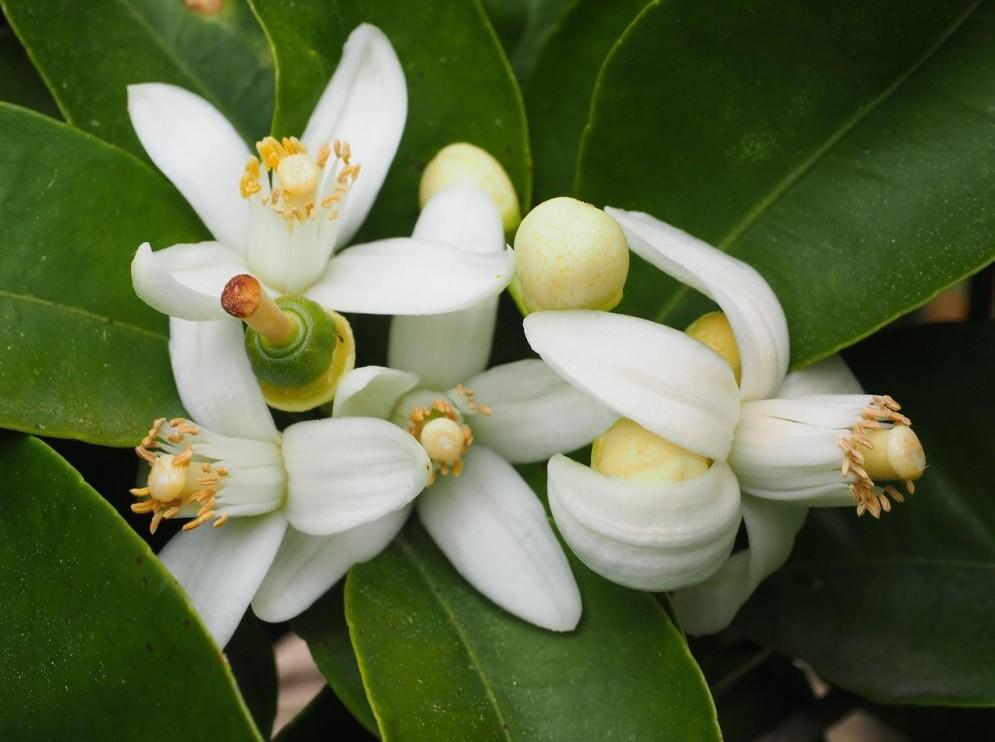
Certain honeys, like orange blossom, enhance citrus-based dishes, while lavender honey can add an aromatic touch to herbal teas or dessert presentations.
The possibilities are as varied as the honeys themselves.
Creative recipes play up honey’s role as a central ingredient. Think honey and almond granola, where its sticky nature binds oats and nuts, or homemade honey butter for spreading over freshly baked bread. Even cocktails get a honeyed twist—classic drinks like the hot toddy or new creations like a honey-infused gimlet are sure to impress.
Exploring recipes and uses lets us appreciate honey’s ability to transform ordinary meals into something special. It invites us to blend cultures and traditions, celebrating this natural gift with every bite or sip.
Honey in Traditional Medicine and Folk Remedies
Honey’s role in traditional medicine is woven across different cultures, highlighting its enduring place in holistic health practices. In Ayurveda, honey is considered a golden elixir, used to balance the body’s energies and aid in digestion and respiratory health. It often serves as a base for herbal concoctions, enhancing their effectiveness.
Traditional Chinese Medicine also celebrates honey, using it to nourish the spleen and stomach, and soothe a sore throat. It’s believed to boost energy levels and fortify the body against illnesses. These ancient systems valued honey not just for its sweetness but for its perceived health-enabling properties.
Home remedies worldwide frequently feature honey due to its versatility and natural composition. For centuries, it’s been a go-to for soothing sore throats and coughs, mixed with lemon or ginger as a simple yet effective solution.
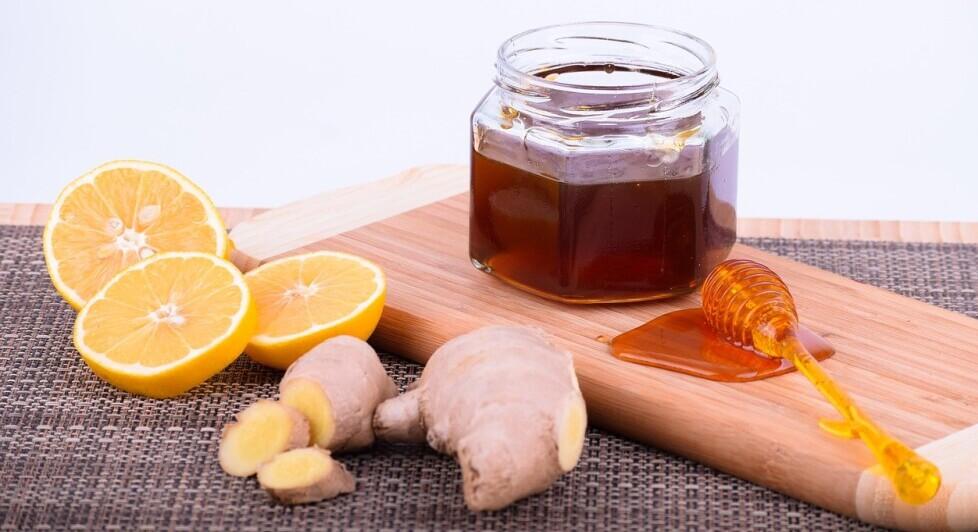
The scientific community has looked into these uses, with studies supporting honey’s efficacy in alleviating cough symptoms and promoting wound healing due to its antimicrobial properties. However, it’s vital to approach these claims with a critical eye, balancing tradition with scientific validation.
While honey has potential health benefits, it’s crucial to consume it responsibly. Raw honey is recommended for its purity, yet should be avoided in infants due to the risk of botulism. Checking reliable sources and consulting healthcare professionals can ensure safe and beneficial usage.
Exploring the medicinal side of honey opens up a treasure trove of traditional wisdom. It encourages a deeper understanding of how natural substances have historically supported well-being and continue to be cherished in modern wellness practices.
Artisanal and Specialty Honeys: A Luxurious Taste
Artisanal and specialty honeys are a testament to the craftsmanship and dedication of beekeepers who embrace unique regional qualities. They’re not just about sweetness, but a confluence of location, flora, and the careful attention of those who produce them.
These honeys often carry the essence of their surroundings, influenced by local flowers and environmental conditions. Terroir — a term usually associated with wine — plays a significant role here. Just as grapes reflect their growing region, so does honey, with artisanal varieties often showcasing distinct flavours and aromas.
The creation of specialty honeys involves meticulous beekeeping practices where producers might focus on particular blooms or maintain careful control over bee habitats to highlight specific flavours or textures.
This stands in contrast to mass-produced honeys, where blends can obscure these unique characteristics.
Understanding what sets artisanal honey apart helps in appreciating its nuances. These honeys retain the natural pollen and enzymes, often lost in heavily processed varieties, providing both enhanced flavour and health benefits.
The market for artisanal honey is growing, with discerning consumers looking for authenticity and the stories behind their products. This shift encourages sustainable practices and underscores the importance of supporting local and ethical producers who care deeply about their craft.
When selecting genuine artisanal honey look for signs of authenticity and quality: labels that indicate the particular flowers or regions and certifications regarding organic practices. Beware of misleading labels by checking for transparency about sourcing and production.
For those seeking a more refined honey experience, artisanal varieties offer an adventure in taste and a connection to the land. They provide a richer, more textured profile that can transform simple dishes, bringing a touch of luxury to everyday meals.
Celebrating the Sweet Nectar of Nature
Exploring the world of honey reveals much more than a simple sweetener. It’s a journey through history, geography, and science — a testament to nature’s complexity and beauty. Appreciating honey lets us see it as a symbol of collaboration between humans and the environment.
Throughout this exploration, honey stands out not just for its flavour profile but also for its versatility in health, culinary, and artisanal circles. It offers more than taste; it connects cultures, supports ecosystems, and ties together tradition and modernity.
In celebrating honey, we’re honoring a small yet significant piece of our global heritage, fostering a greater understanding and respect for the interconnected world we live in.
